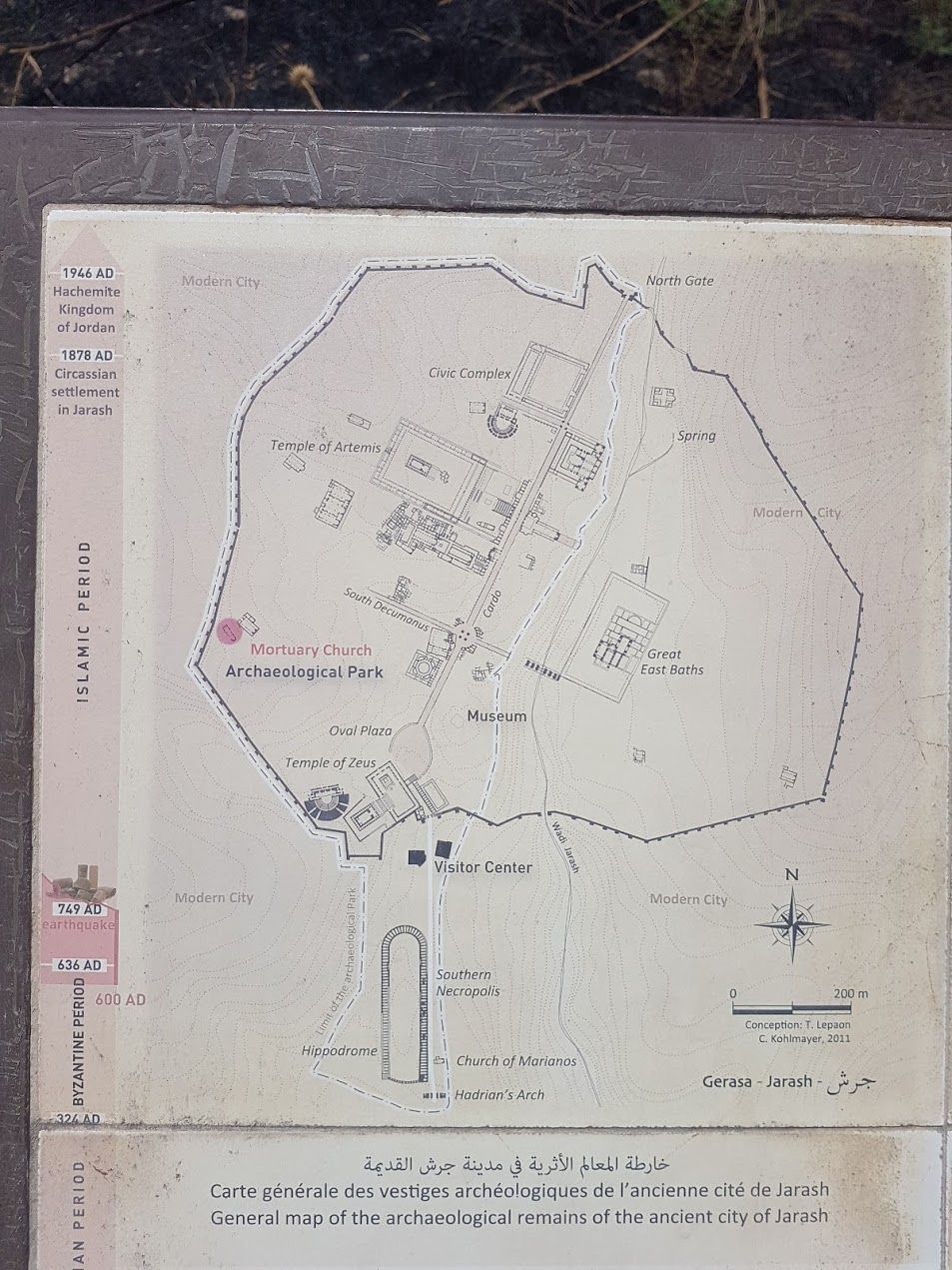About
Within one of the world's most spectacular ancient sites lies a small, humble tomb. Unlike most tombs in such sites, it does not contain a long-dead monarch, emperor, or any other character from the distant past. Instead, it houses a 20th-century man whose passion for ancient history and its protection earned him a spot overlooking the site of his former work.
Gerald Lankester Harding, or G.L. Harding, was born on December 8, 1901, in Tientsin, China. After a brief time in Singapore, he ventured to the United Kingdom in 1913 and eventually fell into the world of archaeology, joining his first expedition to Palestine in 1926.
Harding's influence on Jordan should not be underestimated. He was responsible for founding the Archaeological Museum in Amman and the still-running journal The Annual of the Department of Antiquities of Jordan. He also published The Antiquities of Jordan, an overview of the many archaeological sites of Jordan that remained the most popular guidebook to Jordan for decades.
Harding died on February 11, 1979, in London, and had previously requested to be interred at the Jerash Archaeological Site, where he worked. The Kingdom of Jordan honored his request, and his ashes were sent to be buried overlooking the site he spent so much time protecting.
His remains were interred at a spot called the Mortuary Church, which dates back to between 600 and 749 and is surrounded by a number of small tombs. Harding's memorial is a simple, peaceful place in an incredible ancient Roman site that he is partially responsible for excavating and maintaining. After a life devoted to the ancient world, Harding himself has become part of the storied history of its ruins, and will forever rest among them.
Related Tags
Know Before You Go
Visitors should be aware that it can be challenging to reach. There are no direct paths there, and given its isolated location within the Jerash site, it has very few visitors. Expect to fight your way through tangled sticks and long grass to get there. It is in between the Temple of Zeus and the Temple of Artemis. The easiest way to find it might be to walk along the border of the site from one temple to the other. The mortuary church is below ground level, so visitors will not see it until you are within a few meters.
From either the Temple of Artemis, Temple of Zeus, or the main walking area, the site can be visited in 5 to 15 minutes depending on fitness, terrain, and clothing. The Jerash Archaeological Site is included in the Jordan Pass.
Community Contributors
Added By
Published
September 20, 2019































